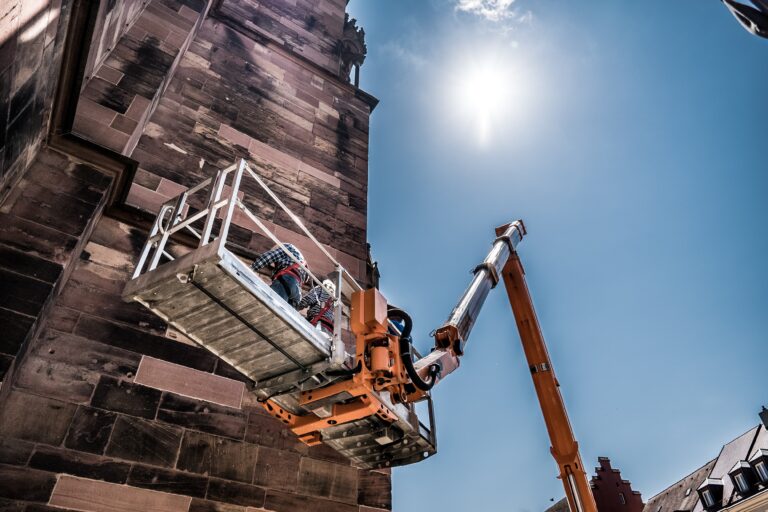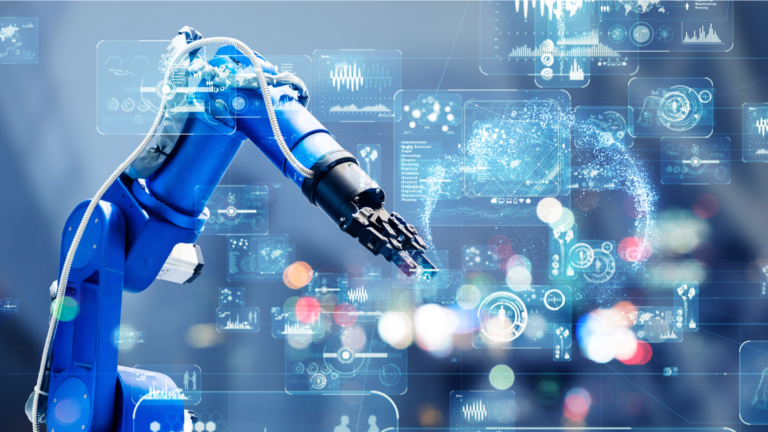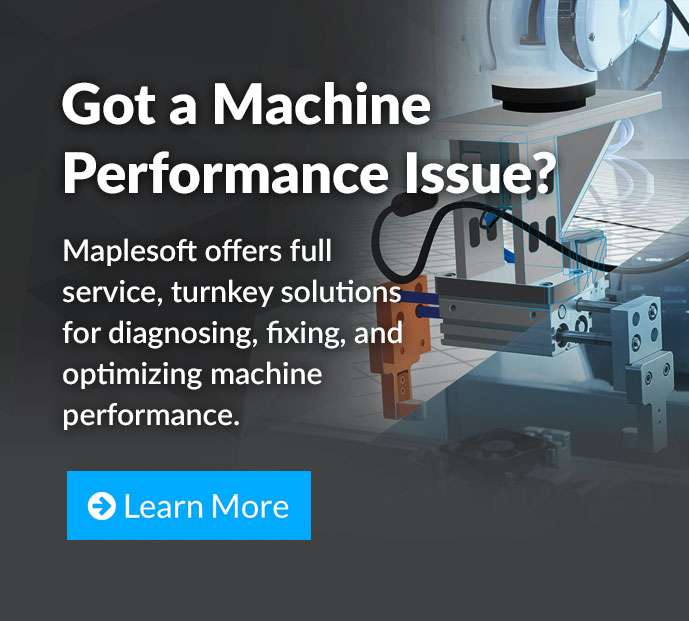
The technology behind digital twins (and virtual commissioning) range widely, so it’s no wonder that these terms have seemed to pop up everywhere in automation recently. In the most general sense of the term, a digital twin is merely a virtual representation of a given physical system. With this definition, it’s no wonder that all sorts of technologies can fly under the umbrella of digital twins. In this post, let’s get a better understanding of applications for digital twins by looking at some key areas they can be useful.
As we usually do here, our applications for digital twins are going to focus on the dynamic, physics-based machine model variety of digital twins. These are the kinds of digital twins that you’d use to validate design features before actually building a physical prototype, since you can spot potential issues through dynamic simulation. You might also use these digital twins after a product is already created, as a better way to diagnose root causes and solve machine issues with less changes to the hardware itself.
If you find yourself wondering if digital twins could help in your line of business, take a look below at 4 of the top applications for digital twins. Safe to say, if these relate to your business, you could likely stand to benefit greatly from adding this technology to your development process.
Large-Scale Industrial Robots
When designing large-scale, industrial robots, performance issues are a matter of both cost and safety. Incorrectly accounting for machine dynamics might end up resulting in vibrations, improper motor selection, or general operational failure. If the machine has an operator nearby, the performance issues will also be tied to important safety issues. By using digital twins to help design large-scale industrial robots, you can:
- Remove vibrations with better control code, not hardware upgrades
- Diagnose root-cause performance issues with detailed simulation results
- Validate new design performance before physical prototyping
See an example of using digital twins to fix vibrations on an aerial work platform.
Injection Molding Machines
Injection molding machines are a complex product, often bringing together mechanical, electrical, and hydraulic domains. All these systems need to work in unison to provide very precise motion profiles, compression forces, and more.
The combination of multiple domains in the same environment makes for an ideal application of digital twin technology. With a dynamic digital twin, you can:
- Optimize control strategies to prevent motor burnouts or vibration issues
- Fix machine issues with software before resorting to costly hardware replacements
- Maximize throughput with dynamic, simulation-based motion analysis
See an example of using digital twins to fix injection molding machines here.
Heat Transfer Effects
The generation and transfer of heat in a system can quickly become very complicated to understand. Many companies use some sort of Finite Element Analysis (FEA) or Computational Fluid Dynamics (CFD) tool in order to study just how heat moves through a system. These tools often require a significant investment of time to actually create the model and run the simulations, and they’re often performed fairly late in the design process. This means that if you find a heat transfer issue in your design, chances are that your options are limited in terms of how to go about fixing it.
Dynamic digital twins can offer a complementary solution to heat transfer issues. These digital twins can include the modeling of heat transfer effects of the overall system – just at a lower level detail than a full FEA study. The level of detail is often sufficient for answering the most important heat transfer effects, and, importantly, all of this information can be available much earlier in your design. By adopting a digital twin-based approach to study heat transfer effects, you can:
- Spot heat transfer issues earlier, saving time and money on design changes
- Quickly test new configurations with simulations that run in seconds, not hours
- Test for heat effects on dynamic, transient effects of your design
For an example of a tool that models heat transfer effects in dynamic digital twins, see the MapleSim Heat Transfer Library.
Ropes, Pulleys, and Cable Systems
When long cables are at play in your design, there’s a whole new set of dynamics that need considering – cable rigidity, slippage, wind forces, to name a few. With most things in engineering design, you could simply try and oversize all of your equipment to mitigate some of these issues. However, to really get a handle on how your product might actually work (a mobile crane, for example), a dynamic digital twin could help you understand performance with a much better focus.
Whether your design is focused in construction, logistics, or another field, you can expect a digital twin to help you:
- Ensure the proper functioning of both 2-D and 3-D pulley systems before physical prototypes
- Solve existing issues earlier by simulating pulley slippage, chain masses, cable bending, and more
- Test designs quickly with accurate, 3-D visualizations of pulley systems
Stay tuned for a case study about this application that we’ll be sharing in a few weeks.







